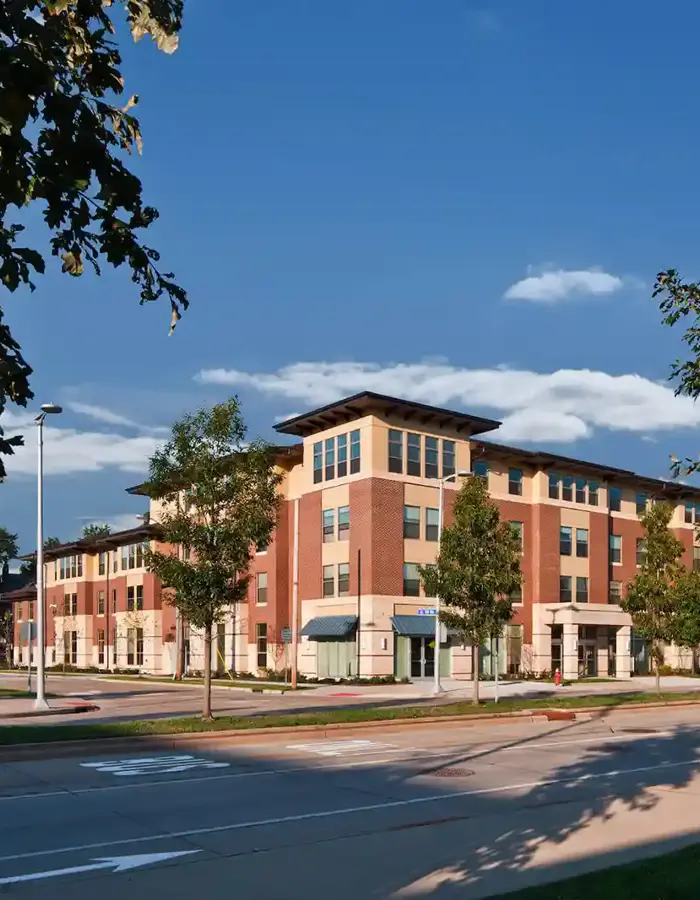
Jillian Watson Esposito
Project Manager, Real Estate Development
News & Events
View All

Project Manager, Real Estate Development

We use cookies and similar technologies on our Website to ensure you the best browsing experience. Read about how we use cookies and how you can control them in our Privacy Statement. If you continue to use this site, you consent to our use of cookies. Go to Privacy